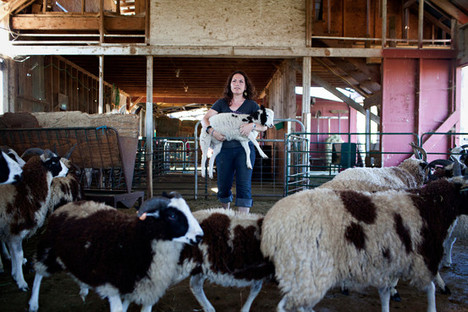It is a nice minor coda to Walt Disney’s life that the CalArts school that he founded provided a starting point for many of the next generation of great innovative animators, including John Lasseter.
(p. 47) CalArts was Walt Disney’s brainchild; he had started the planning of the school in the late 1950s and provided generously for it in his will. Walt and his brother Roy formed it in 1961 through a merger of two struggling Los Angeles institutions, the Los Angeles Conservatory of Music and the Chouinard Art Institute. The doors opened at the school’s consolidated campus in Valencia in 1971, five years after Walt’s death.
. . .
(p. 48) The storms of the 1960s had mostly receded by the time Lasseter arrived. At CalArts, he found his own kind of liberation: Here, he no longer needed to conceal his passion for cartoons. His twenty classmates from across the country were animation geeks like him. Others had been corresponding with the Disney studio just as he had, and even making their own short films. Many would go on from CalArts to perform significant work at Disney or elsewhere; among them were future stars John Musker (co-director of Aladdin, Hercules, and The Little Mermaid) and Brad Bird.
First-year classes took place in room A113, a windowless space with white walls, floor, and ceiling, and buzzing fluorescent lights. The teachers made up tor the setting, however: Almost all of them were longtime Disney artists with awe-inspiring animation credits. Kendall O’Connor, an art director on Snow White and the Seven Dwarfs, taught layout; Elmer Plummer, a character designer on Dumbo, taught life drawing; T. Hee, a sequence director on Pinocchio, taught caricature. The program was rigorous and the hours long; the fact that the campus was in the middle of nowhere made it easier to focus on work. Tim Burton, who entered the program the following year, remembered the experience: . . .
Source:
Price, David A. The Pixar Touch: The Making of a Company. New York: Alfred A. Knopf, 2008.
(Note: ellipsis added; italics in original.)
(Note: my strong impression is that the pagination is the same for the 2008 hardback and the 2009 paperback editions, except for part of the epilogue, which is revised and expanded in the paperback. I believe the passage above has the same page number in both editions.)




